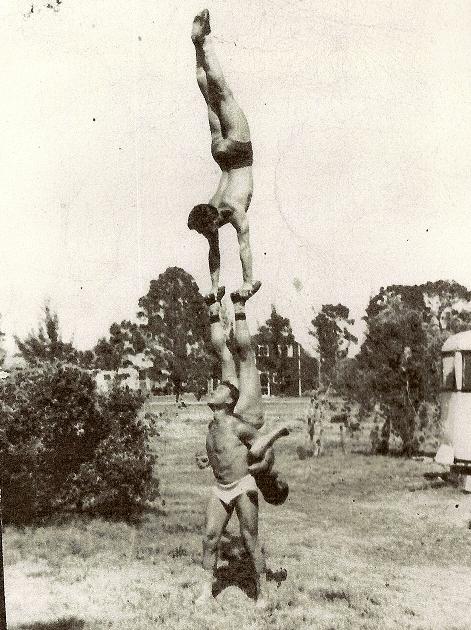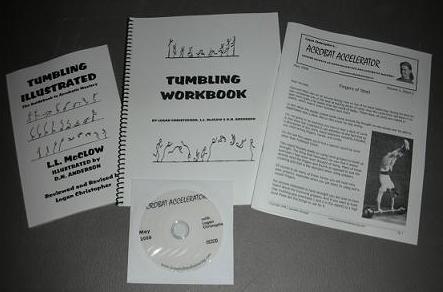Yesterday morning, I decided to do something a little different from my normal morning routine, which involves spending some time upside down.
I had come across this yoga video of some fairly advanced stuff including a few yoga arm balances. So I popped it in the player and did my best to follow along.
I’d like to think I did fairly well considering I don’t actually do yoga and this was an advanced program. But there was a number of skills I could not do, mostly involving flexibility.
The lotus position, forget it. And doing it in a handstand was way beyond my level.
But I picked up some interesting moves I hadn’t done before. Not to mention the video helped me to identify a few weak points.
Try this one out. Its similar to a frogstand except both your legs are going to be to one side. So bend your elbows, put both legs to the outside of one knee and lift up onto your hands with the legs stacked on top of each other resting on the knee.
From here, drop your head to the ground and press from this side position up into a headstand.
Its just one move that stood out to me. Give it a try and see if you can do it.
The point is that you should look outside your discipline at many things similar but also far different. For hand balancing you’ve got gymnastics, capoeira, yoga, break dancing, parkour and more.
It can help you change it up and look your practice through some different eyes.
Anyone coming from a gymnastics background can learn a lot from the origins of hand balancing. That’s why getting The True Art and Science of Hand Balancing can show you tons of moves you‘ve never even thought of doing.
And maybe in the future I’ll find some more resources to further help you branch out.
Good Luck and Good Hand Balancing,
Logan Christopher
P.S. Do you have your costume ready for Halloween? Just finished mine and I’m pleased with the results. I’ll try to snap a few pictures tomorrow and post them on the blog. Whether I can manage a handstand in it or not, is debatable












